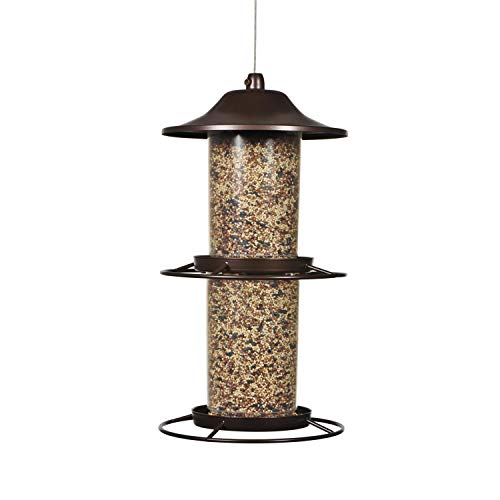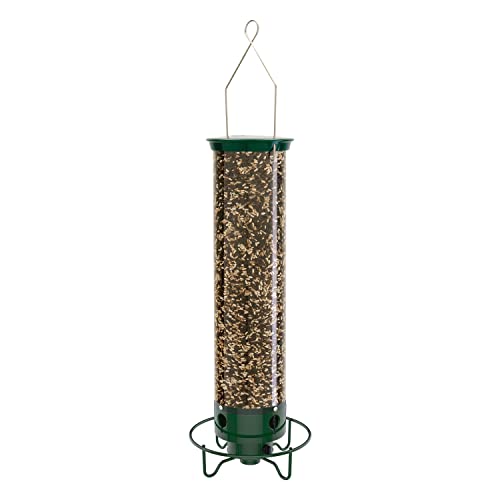How to find a bird feeder that limits infection – ornithological experts reveal the best feeders to buy during bird flu
With bird flu cases increasing, here's how to find a feeder that helps to prevent the disease spreading
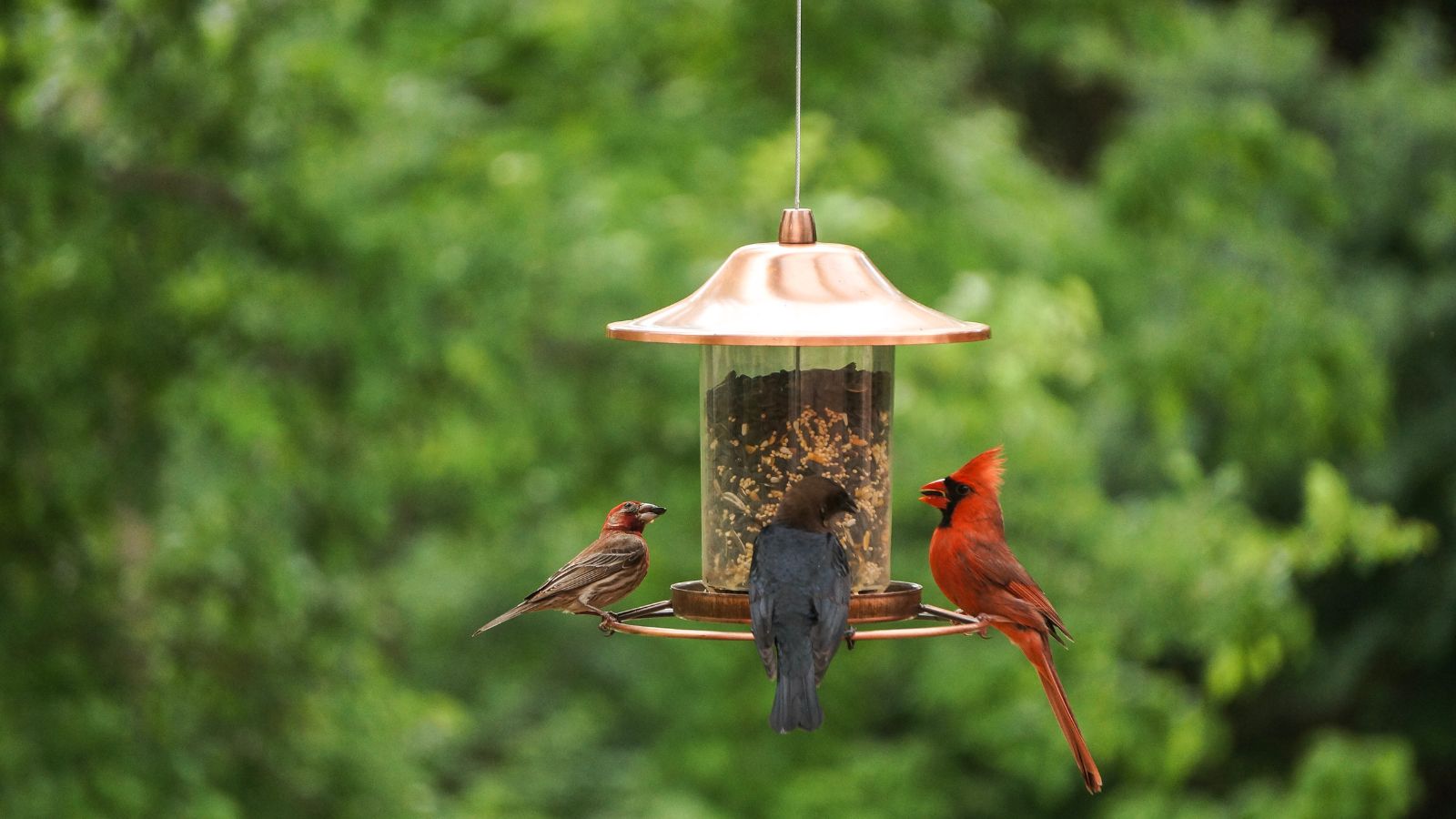

Avian flu is on the rise, so it's smart to take as many precautions as possible to help native backyard birds.
One of the best ways to do that is to buy the right bird feeder. Many cheap bird feeders have design flaws that can contribute to avian diseases.
Of course, there are some areas of the country where local parks or wildlife departments have advised taking down bird feeders during avian flu, especially if you keep poultry. In these cases, you should follow local advice. However, if you live somewhere without avian flu, you can help prevent potential infection by using a more sanitary bird feeder.
1. Choose a feeder that is easy-to-clean
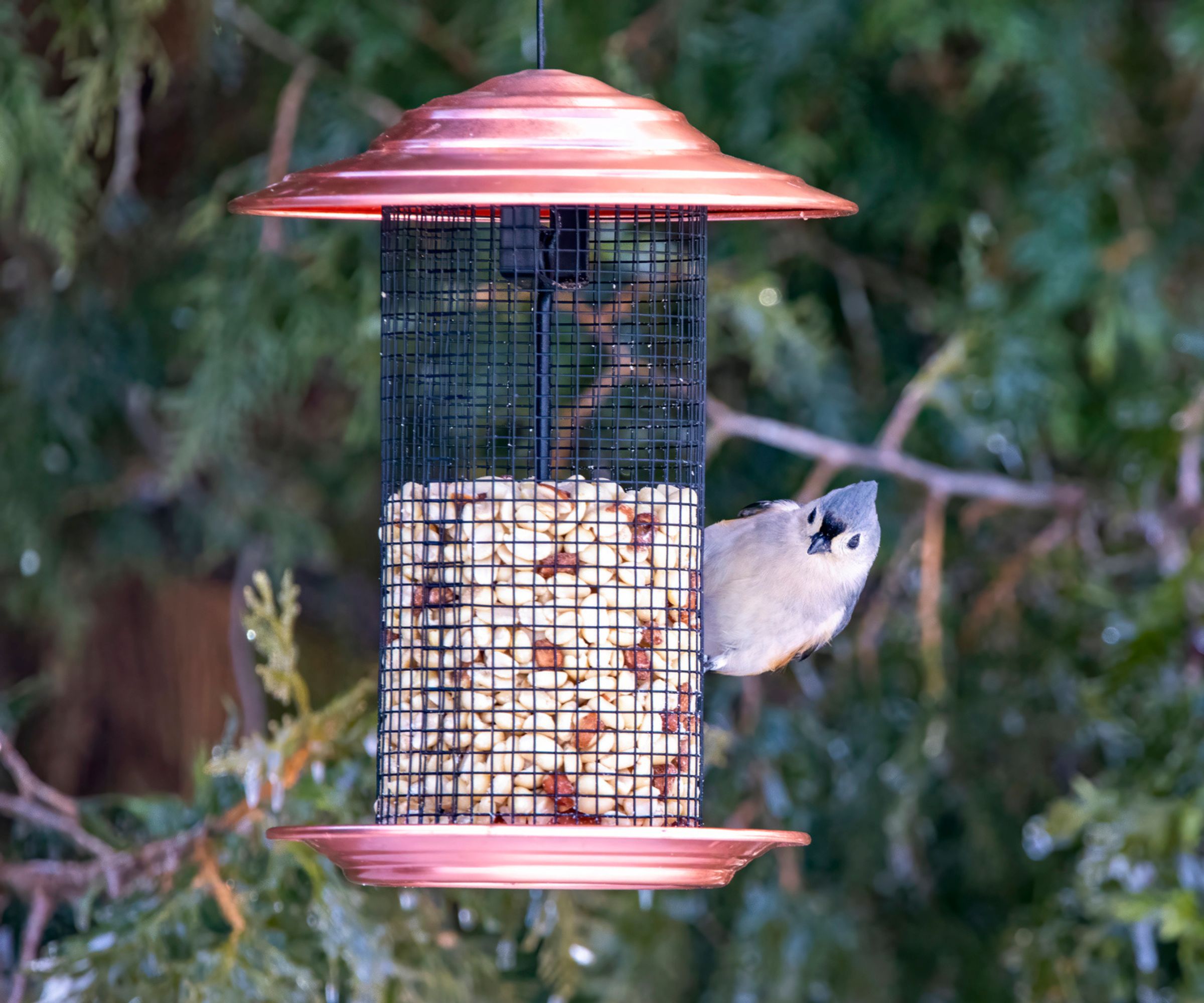
Cleanliness is the most crucial feature for any bird feeder, especially during avian flu. Keeping your bird feeder clean will help prevent infection, so you need a bird feeder that you can clean quickly and easily.
Bird expert Isabelle Manseau says 'Look for designs with removable parts and smooth surfaces that don’t trap debris. Regular cleaning at least once every two weeks is crucial to prevent mold, bacteria, and fungi from building up. If it’s a hassle to clean, you’re less likely to do it consistently, so prioritize simplicity.'
The good news is that cleaning a bird feeder is relatively simple. Ornithologist Maren Gimpel says 'If you are still keeping bird feeders it's important to keep them clean. Every week or two you should scrub off any hulls or residue stuck to the feeder, soak them for at least 10 minutes in a mild bleach solution, and then rinse them. Don't fill and hang them up again until they are fully dry.'

Isabelle is a bird-lover and the founder of Birdzy, a company which specialises in hand-made bird-feeding products.

Maren Gimpel is Associate Director at Washington College’s Foreman’s Branch Bird Observatory where she bands birds for both migratory and breeding studies. A bander since 2002 and a birder for over 25 years, Maren is a North American Banding Council certified bird bander and trainer, and secretary of the Eastern Bird Banding Association.
2. Always opt for a feeder with round perches
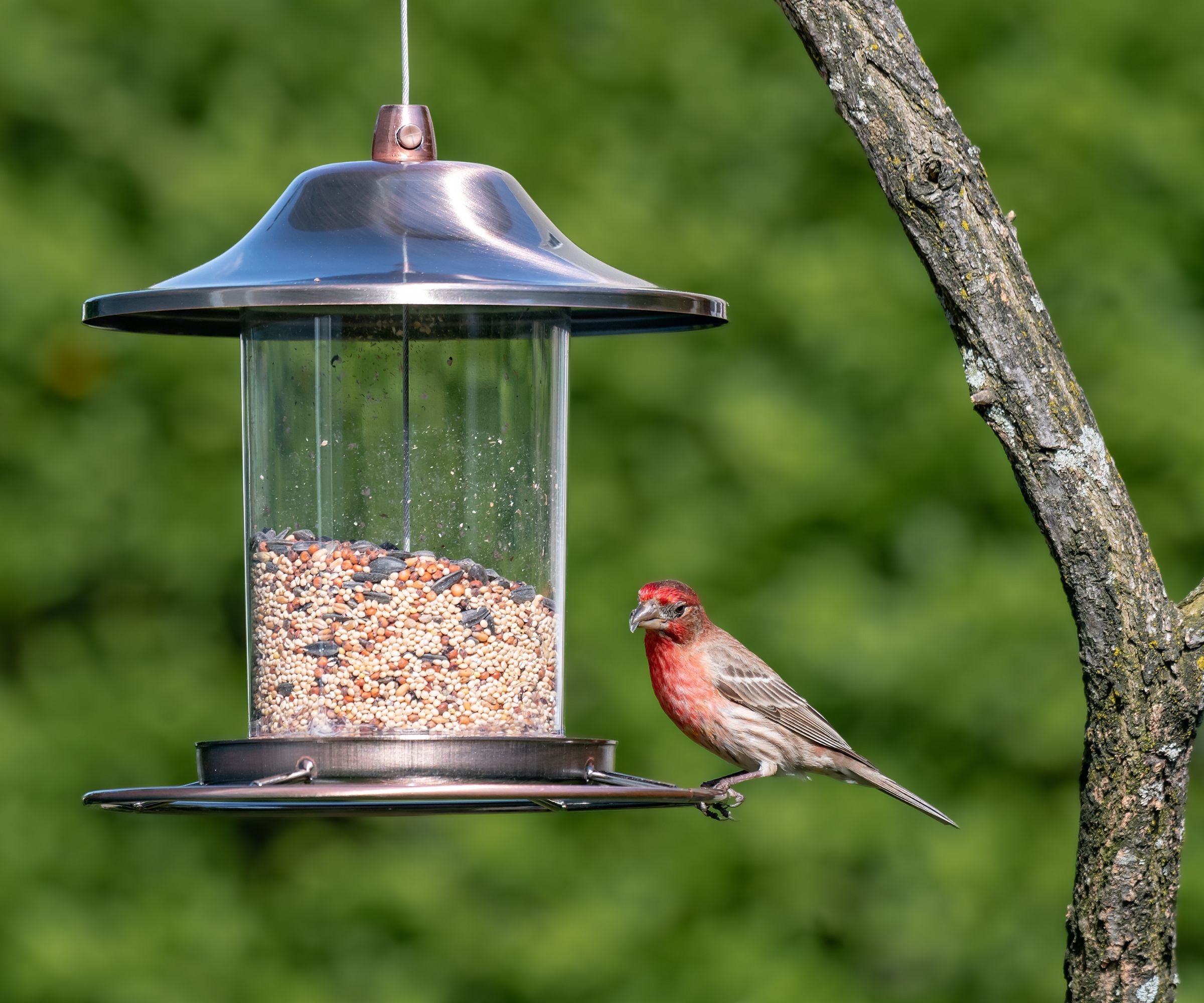
One of the simplest ways to help prevent avian disease transmission is to buy bird feeds with round, circular perches, rather than straight perches in a line. There are two reasons for this. The first is that round perches spread birds around a feeder, reducing the risk of transmission. The second is that straight perches can be badly machined, which can cut birds' feet and make them more likely to become infected.
Isabelle Manseau says 'Round perches are a better choice. They allow birds to grip more naturally, reducing the chance of droppings accumulating in one spot. Straight perches, on the other hand, can become contaminated more easily, especially if multiple birds use them. A small design detail like this can make a big difference in maintaining hygiene.'
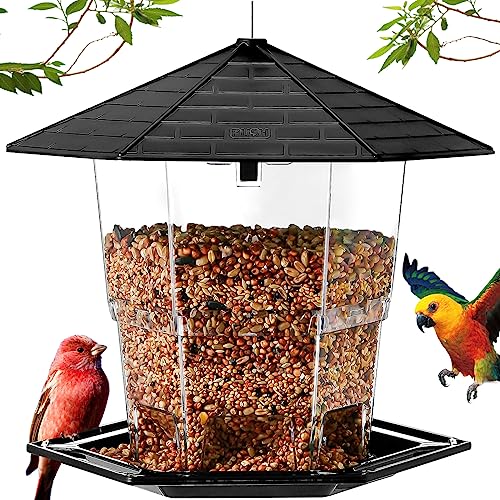
This inexpensive feeder has everything you need. It's simple to clean and has rounded perches to help protect birds' feet.
3. Skip the catch tray
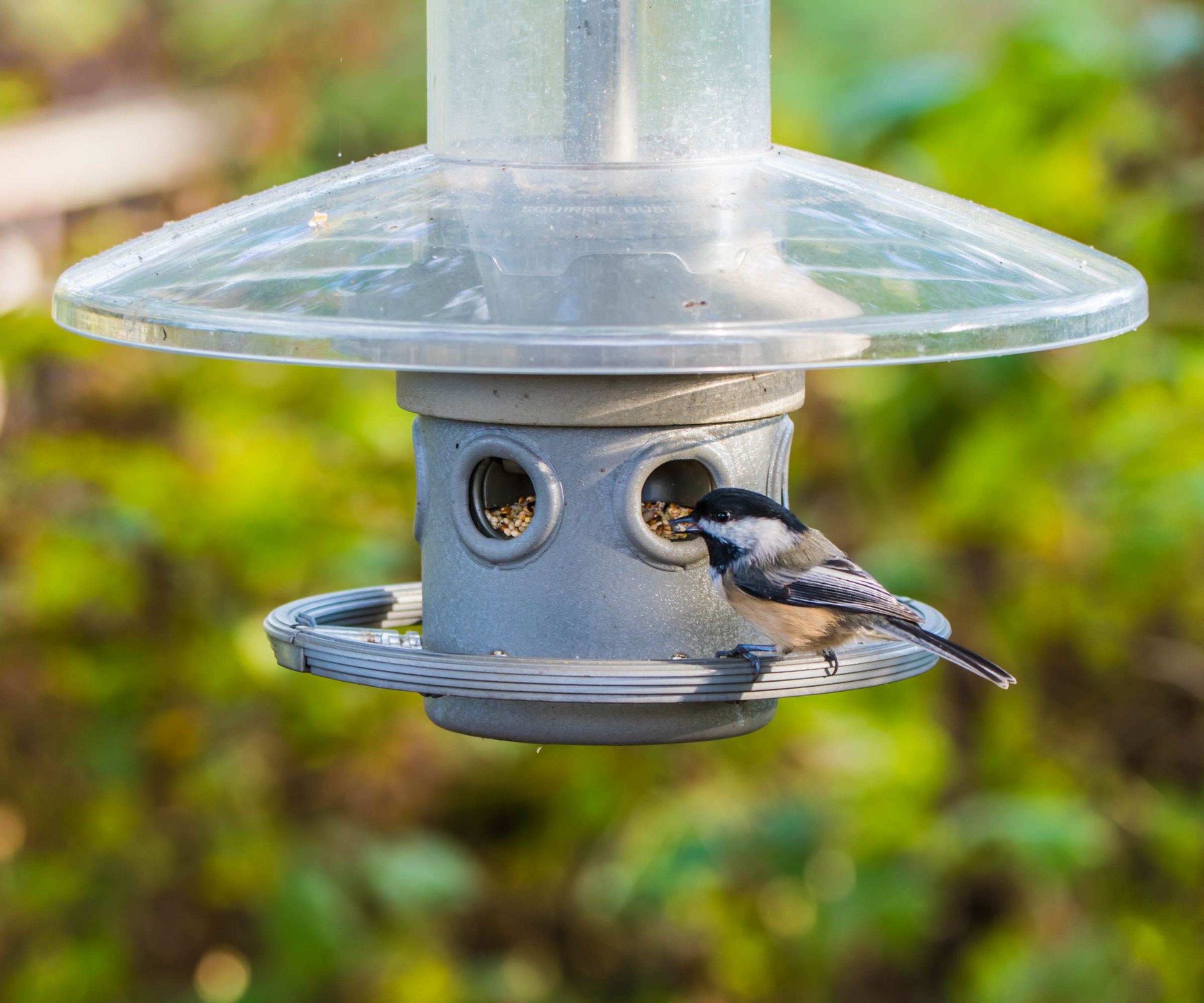
If you can, use a bird feeder without a catch tray. These trays are designed for catching seeds that birds knock out of the feeder as they eat. However, these can be a hazard.
Isabelle Manseau says 'Catch trays are great for preventing seed waste, but they can also become a breeding ground for bacteria if not cleaned regularly. Wet seeds and droppings often collect in these trays, creating a perfect environment for pathogens.' When buying a new bird feeder, it's best to buy one without a catch tray.
However, if you worry about pests like raccoons feeding on wasted seeds, you can still use a catch tray - you just have to stay on top of cleaning it. Isabelle says 'If you use a feeder with a catch tray, make sure it’s removable and easy to sanitize.'
4. Keep it covered
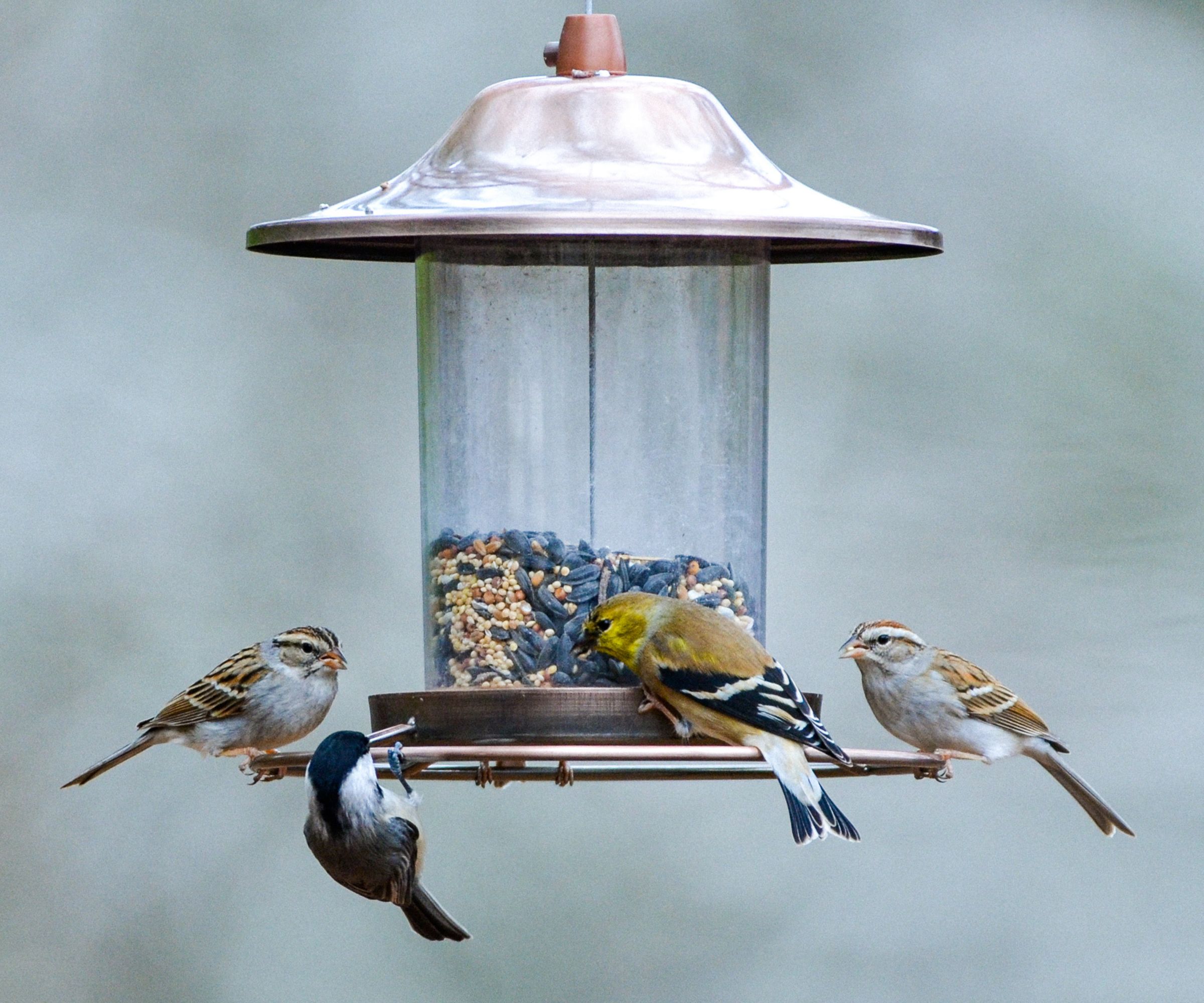
If you can, buy a feeder with a roof and covered sleeve to keep the feed out of the rain.
Isabelle Manseau explains 'Wet seeds can grow mold. Opt for feeders with built-in roofs or domes to protect the food from rain. Tube feeders with weather guards are a great option, as they keep seeds dry while still being accessible to birds.'
5. Use a drainage hole
One of the best ways to prevent bird food from becoming moldy is to buy a bird feeder with a drainage hole. Isabelle Manseau explains that 'Drainage holes are essential. They prevent water from pooling at the bottom of the feeder, which can lead to moldy seeds and bacterial growth. If your feeder doesn’t have drainage holes, you can drill small ones yourself - just make sure they don’t compromise the feeder’s structural integrity.'
6. Avoid wooden bird feeders

If you can, avoid wooden bird feeders. These have a rustic charm but wood easily rots in the rain. This can introduce bacteria to bird feed and also increase the chance of birds getting splinters that can become infected and spread disease.
Isabelle Manseau says 'Metal and recycled plastic feeders are your best bet. They’re durable, easy to clean, and less likely to harbor bacteria compared to wood, which can absorb moisture and rot over time. If you prefer wood, choose feeders with a sealed non-porous coating to make cleaning easier.'
FAQs
How many bird feeders do I need?
Whatever you do, the experts all agree that you should never rely on a single feeder. It's best to have lots of small, spread-out feeders than one large one. Isabelle explains that 'Overcrowding is a major factor for spreading disease. To avoid this, use multiple feeders spaced at least 10 feet apart.
'This reduces competition and gives birds more space to feed without coming into close contact. Consider feeders with smaller ports or perches that limit the number of birds feeding at once.'
Can I still use a ground feeder?
Ground feeders, also known as bird tables, can be a great way to attract blue jays, robins, and doves. However, they aren't the best option for cleanliness. Isabelle says 'Bird tables can be problematic because they expose food to the elements and make it easier for droppings to contaminate the food. If you do use one, clean it daily and avoid leaving food out for extended periods. However, switching to elevated or hanging feeders with better protection is a better long term solution.'
The risk of bird flu transmission to common songbirds is low. However, if you keep poultry, you should take down bird feeders to prevent visiting birds - especially waterfowl - from spreading the disease to your birds. If you still want to help local wildlife, there are lots of bird feeder alternatives that can help native birds while reducing the risk of infection.
Sign up to the Homes & Gardens newsletter
Design expertise in your inbox – from inspiring decorating ideas and beautiful celebrity homes to practical gardening advice and shopping round-ups.

As a gardens and lifestyle contributor, Alex makes sure readers find the right information to help them make the best purchase. Alex got his start in reviewing at the iconic Good Housekeeping Institute, testing a wide range of household products and appliances. He then moved to BBC Gardeners’ World Magazine, assessing gardening tools, machinery, and wildlife products.
You must confirm your public display name before commenting
Please logout and then login again, you will then be prompted to enter your display name.
-
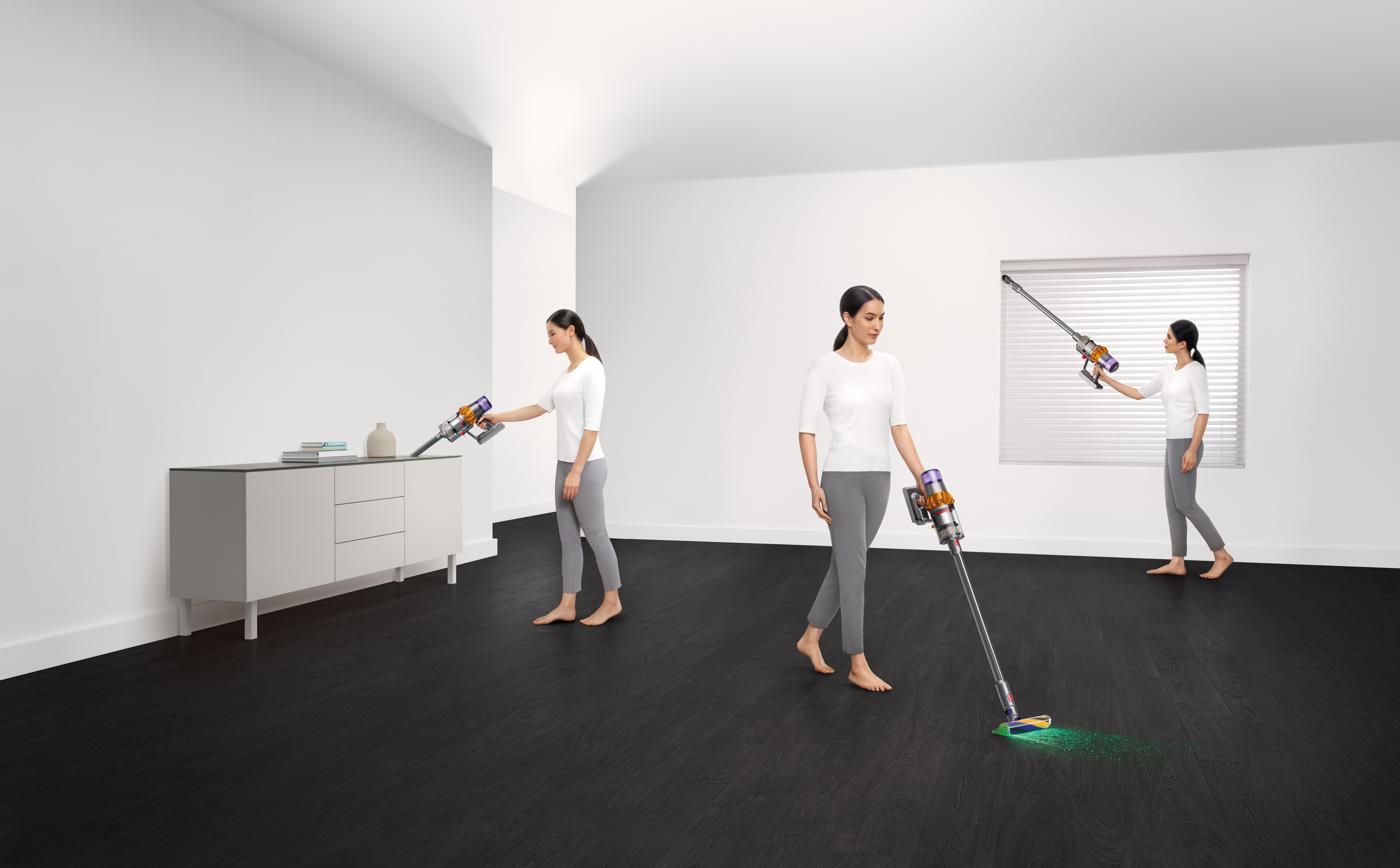 Dyson V15 Detect vs Dyson V12 Detect Slim – which is right for your home?
Dyson V15 Detect vs Dyson V12 Detect Slim – which is right for your home?I've spent more than 200 hours testing vacuum cleaners and these two cordless Dysons are my personal favorites
By Dan Fauzi
-
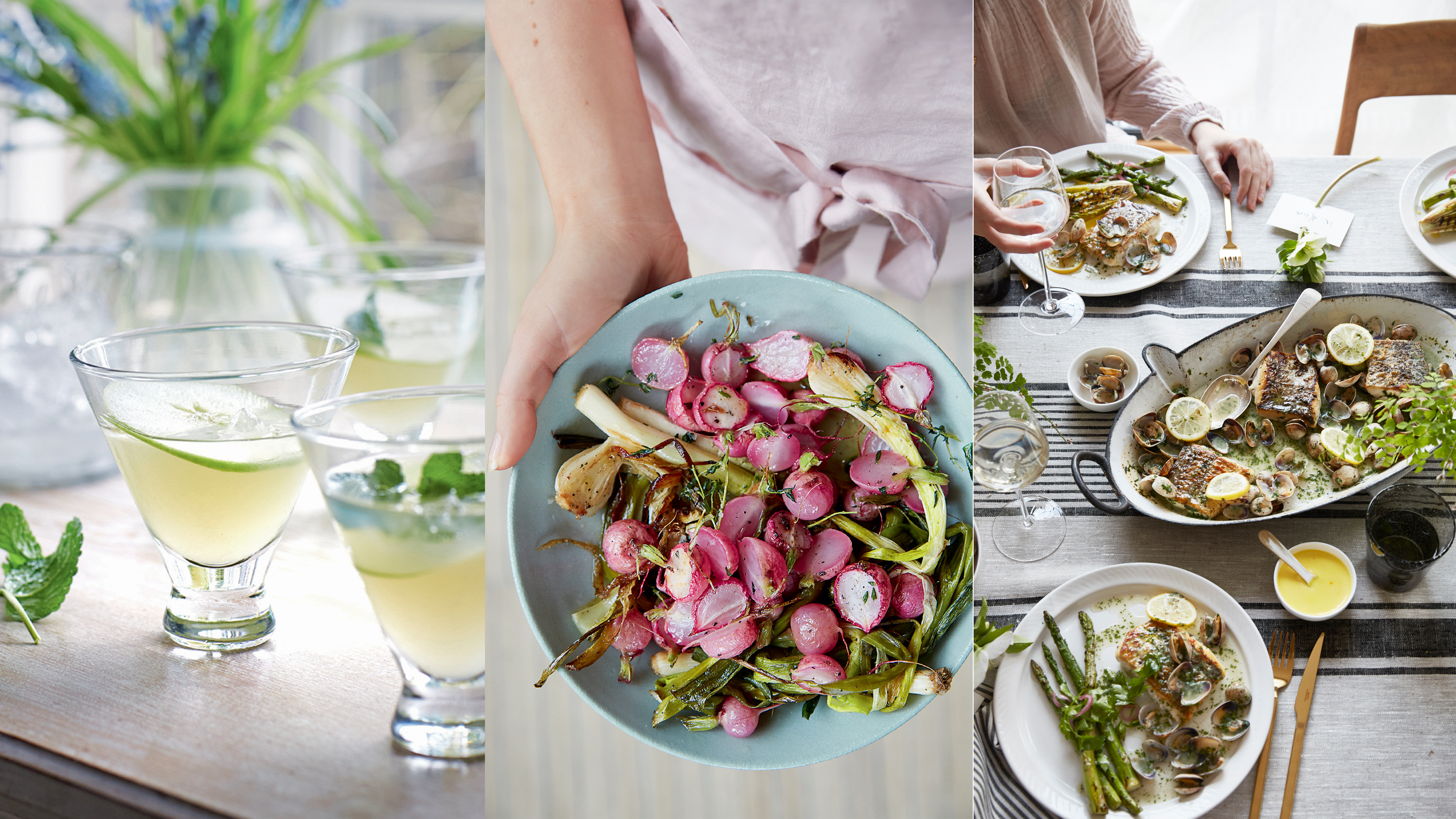 Your perfect Easter menu: our favorite Easter recipes for effortless entertaining
Your perfect Easter menu: our favorite Easter recipes for effortless entertainingFresh flavors, easy dishes, and crowd-pleasing ideas – our selection of Easter recipes make for a relaxed yet elevated spring celebration
By Alice Hart
